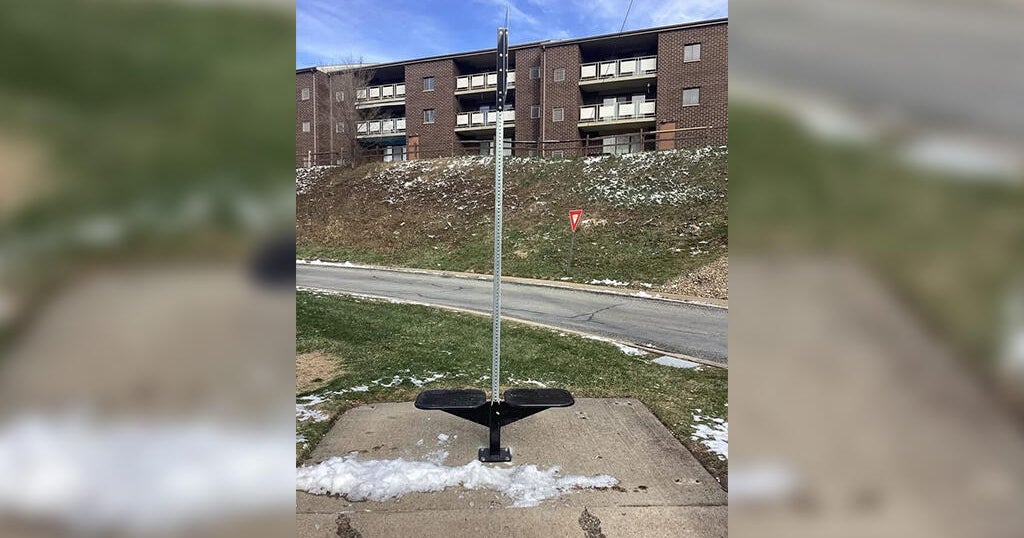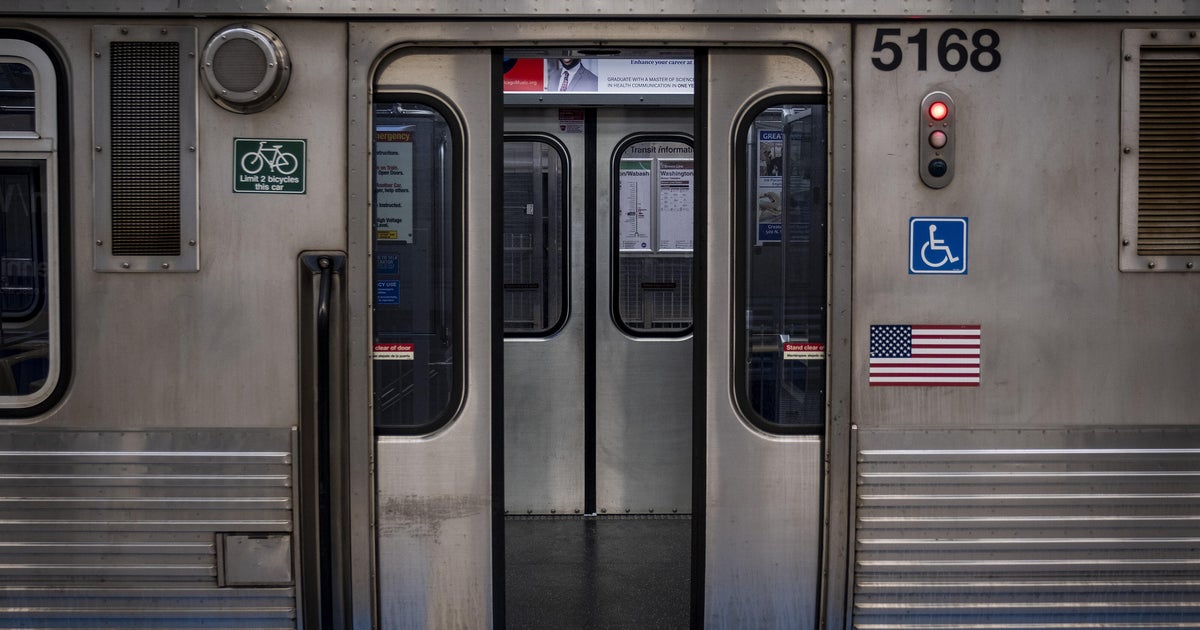Metro Transit turns to new tool to help monitor crime as number of officers is down
MINNEAPOLIS -- There's no question there are safety concerns on Metro Transit trains and buses. The transportation company says a newer tool is having an impact as the number of officers is down.
The Real Time Information Center is where cameras on trains live stream into the center and where watchful eyes monitor what's happening.
Inside Metro Transit Police Department's West Command on 6th Avenue in Minneapolis is an area with two stations with several screens.
"We have a staff here that monitors all of the transit camera systems in real-time," Sgt. Mike Leubner said.
Twelve-hundred cameras at light rail stations and on trains rotate through, giving the staff a look at what's happening across the network.
"Or we just view where we know the hot spots where crime's occurring and try to keep an eye on that to try to prevent any sort of incidents from happening," Leubner said.
RELATED: Metro Transit votes to spend $3 million on private security
He said they're looking for anything that looks out of the ordinary.
"If you name it, we've probably seen it," Leubner said. "We've seen everything from thefts, assaults, medicals, all sorts of things."
And just like the cameras they're watching, they react in real-time. Sgt. Leubner runs the Information Center.
"If we see people kind of acting disorderly....we can get the officers started there to de-escalate the situation prior to it turning into some sort of assault or anything more serious," Leubner said.
And he says quick action has saved lives during medical emergencies.
"Getting medical started as soon as possible is key to reversing the effects of an overdose or whether it's someone having a heart attack or a stroke or any sort of medical," Leubner said.
Getting officers to the locations when it counts makes a difference said Cpt. Rick Grates. Especially when the department is down roughly 35% -- or 60 sworn officers.
"Just using that technology for those purposes of saying, 'Hey, this area of our system looks fine, you might want to spend more time over here. This looks like an area that needs some police attention,' versus trying to hit all the spots on the system with a limited amount of resources," Grates said.
He points to situations where getting a picture and description of a suspect out right away gets results. Like when a teenager was killed at the LRT station along Nicollet Mall last August.
"By using the real-time cameras and tracking that suspect that fled from that area, I believe he was apprehended within 27 minutes after getting the description out," Grates said.
And more recently when a transgender woman was assaulted. Officers took two suspects into custody that day. The criminal complaint says, "While en route to the scene, Real Time Information Center (RTIC) updated responders with images of three suspects who were observed assaulting an adult female."
"When something happens, we have that ability to look at that video and get pictures and information out right away, so our officers aren't stopping people unnecessarily. They know who they're looking for," Grates said.
He says the work inside the room makes what officers do out there more efficient and more effective, ultimately impacting public safety.
"Could it be better? Absolutely. Do we need more people on light rail? Absolutely we do. But it does help us identify problems that are going on at the time and need the resources too," Grates said.
We're told they are staffing up and hope to expand the center hours to seven days a week. Right now it's Monday through Friday. Buses have cameras but currently only have playback capability.









